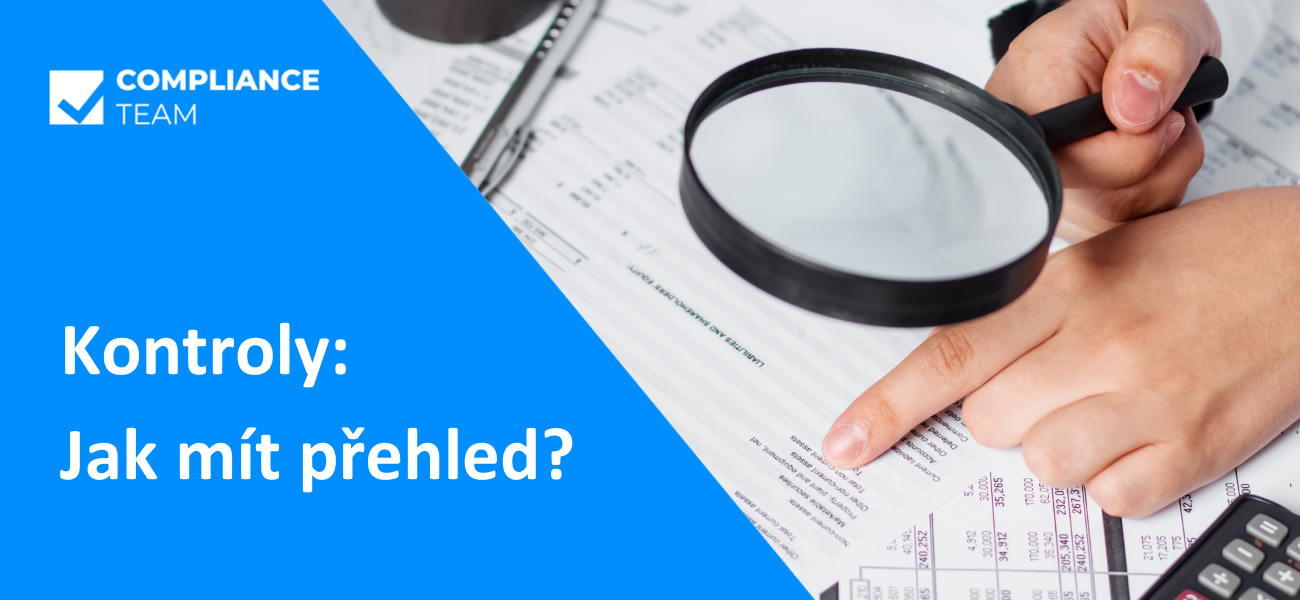
As a quality manager, compliance As a quality manager, compliance or risk manager or risk owner, you have probably already seen the importance of regular audits and their relevance to the successful functioning of your organisation. However, how do you know which controls are really important and help you minimize risk and which are no longer necessary? In this article, we provide you with some useful tips on how to keep track of controls and create an effective control system for your organization.
The first step to success is to have a direct link between process, risk and control. If you understand why the organisation is carrying out the audit and what the audit relates to, it will be much easier to understand the purpose and importance of the audit. Consider whether the control is aimed at preventing risks, minimising risks or managing existing risks. When you are clear about what you want to achieve with the control, you can more easily focus on how to carry out the control.
The second step concerns a comprehensive overview of the controls in your organisation. Here it is crucial to be clear about what is subject to control and where. Create a checklist, describe the purpose of the check, the tools you use for the check and where it should be carried out. If you want to keep track of all the controls in your organization, an important step is to also find out, who is responsible for the inspection and when it was last carried out.
After finding the control that is critical to your organization, focus on how to actually perform it. Consider whether it can be simplified or automated, whether it can be done faster or at a lower cost. Use creativity and look for new ways to make inspection more efficient and reduce the associated costs.
The next step in creating an effective system of controls is regular monitoring (testing) and auditing - i.e. verification. Checks should be carried out on a regular basis to provide an overview of their effectiveness and efficiency. In this way find outthat the checks are carried out in the correct manner, whether they are fit for purpose and make a real contribution to the organisation.
Summary
Having an overview of controls is not easy, but a few steps can greatly help in creating an effective control system in an organization. It is important to have a direct link between process, risk and control, while having a comprehensive overview of controls. Be sure to explore new ways to improve control effectiveness and regularly audit all controls in your organization. If you follow these tips, you will have visibility into controls and be better able to minimize risk.